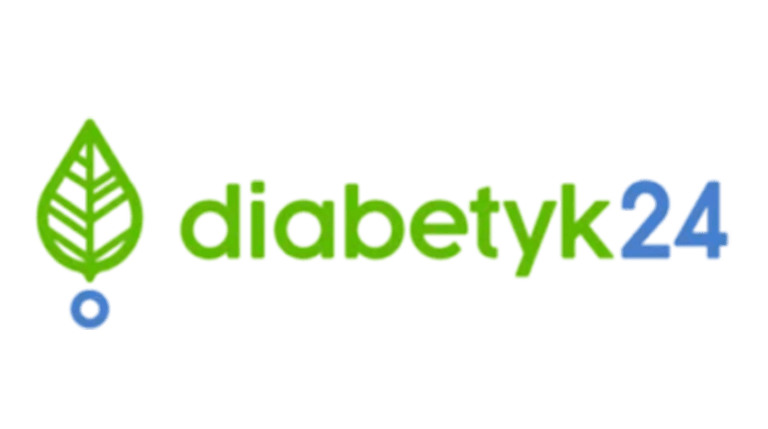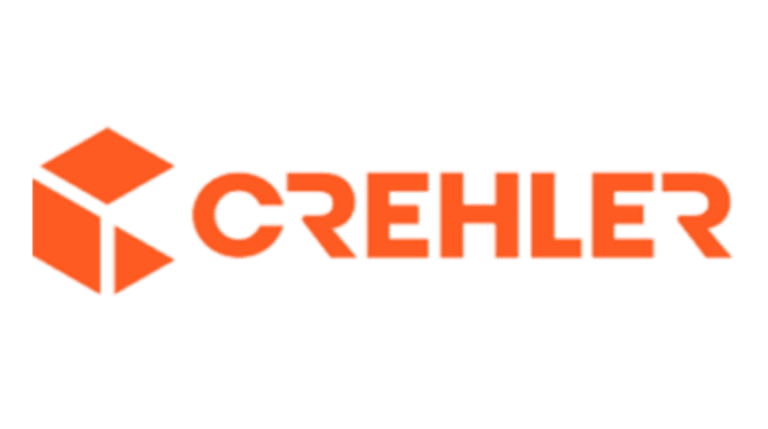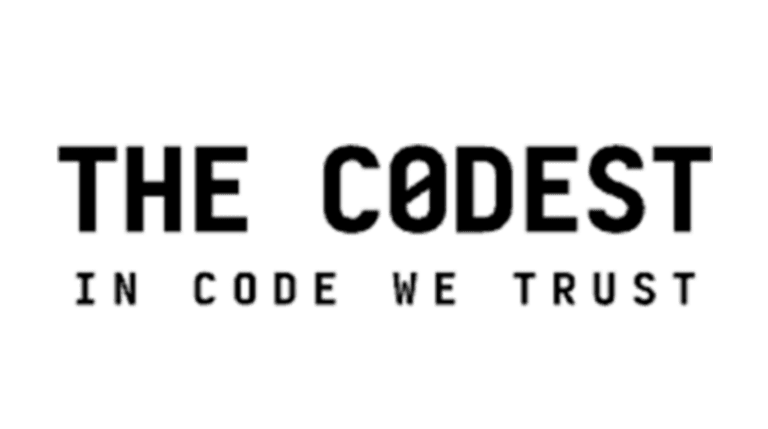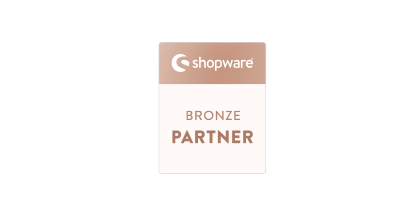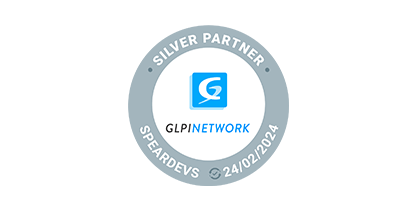Let’s jump on a journey to unlock the full potential of GLPI – your go-to solution for seamless service management. In this article, we address the first set of GLPI FAQ(s) to empower you with insights into creating separate repositories, managing peripherals, tracking hardware changes, and more.
Let’s dive in and discover how GLPI can revolutionize your organization’s IT infrastructure.
How can I create separate repositories for different entities in GLPI?
GLPI allows you to create separate repositories for different organizational units or entities using the entity concept. Each entity can be treated as a sub-organization, enabling efficient management of IT assets for each entity. For example, each restaurant in a chain can be a separate entity in GLPI, facilitating individualized asset management.
How do I add and manage peripheral devices in GLPI?
Peripheral devices can be added and managed in GLPI through a straightforward process. The system offers both automatic and manual inventory options for peripheral devices. For details on managing peripheral devices, you can refer to GLPI’s documentation on this topic.
How does GLPI track the change history of hardware and other objects?
GLPI maintains a comprehensive historical record of all actions and changes related to objects, including hardware. You can access this historical data under the “History” tab in GLPI. It provides insights into all modifications, actions, and events associated with an object over time.
What are the methods of inventorying devices in the CMDB (Configuration Management Database)?
GLPI provides various methods for inventorying devices in the CMDB. You can choose between automatic inventory, where agents installed on devices assist with data collection, and manual inventory, which is suitable for items that can’t be inventoried automatically. Flexibility in inventory methods is a key feature of GLPI.
Can I assign different roles to users in GLPI?
Yes, GLPI offers a role-based access control system. You can assign different roles to users based on their responsibilities and access needs. Pre-defined user profiles include Super-Admin, Admin, Supervisor, Technician, Hotliner, Observer, and Self-Service. Each profile defines specific permissions and access levels.
Is it possible to generate reports and extract data from the GLPI database?
GLPI provides robust reporting capabilities. You can generate reports based on predefined filters and templates. Additionally, there are plugins available that extend reporting functionalities, allowing you to extract valuable data from the database to support decision-making and analysis.
What are the licensing options for GLPI, and how does it manage software licenses?
GLPI offers various licensing options, including on-premise with or without Teclib support, GLPI Network Cloud, and more. It can assist in managing software licenses by tracking license information, expiration dates, and compliance. Detailed licensing options are available on the GLPI website.
Congratulations on delving into the first set of GLPI FAQ(s)! You’re well on your way to mastering this powerful service management solution. Stay tuned for Part 2, where we’ll unravel even more insights that will elevate your GLPI experience.
GET IN TOUCH
Elevate your IT management with GLPI!
Ready to implement and revolutionize your service management?


